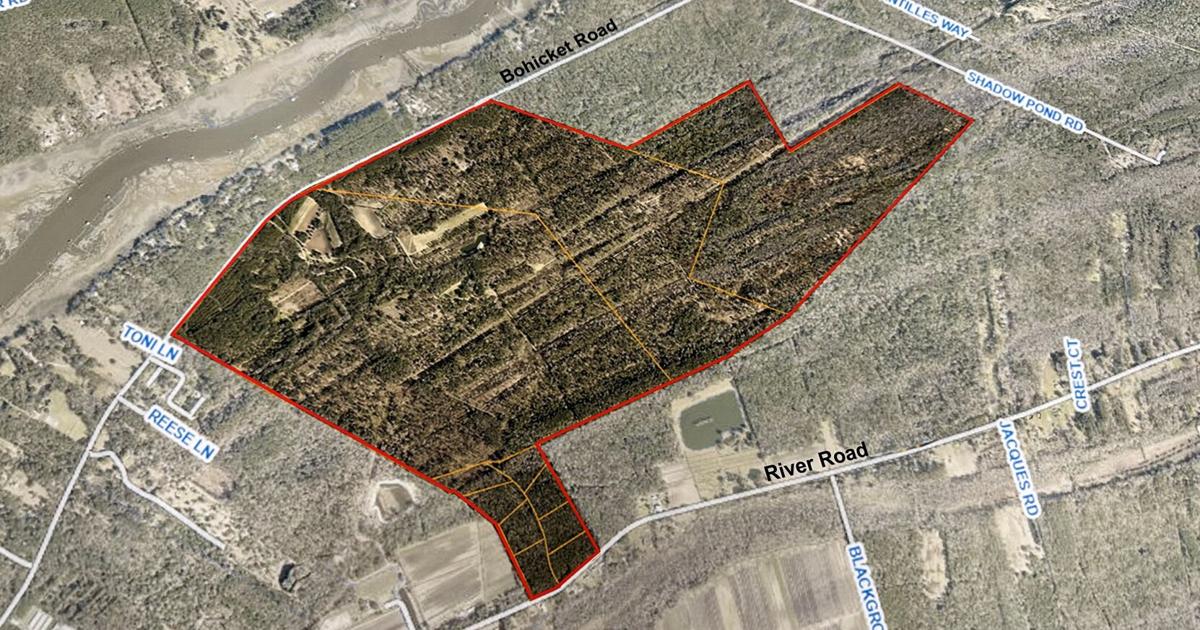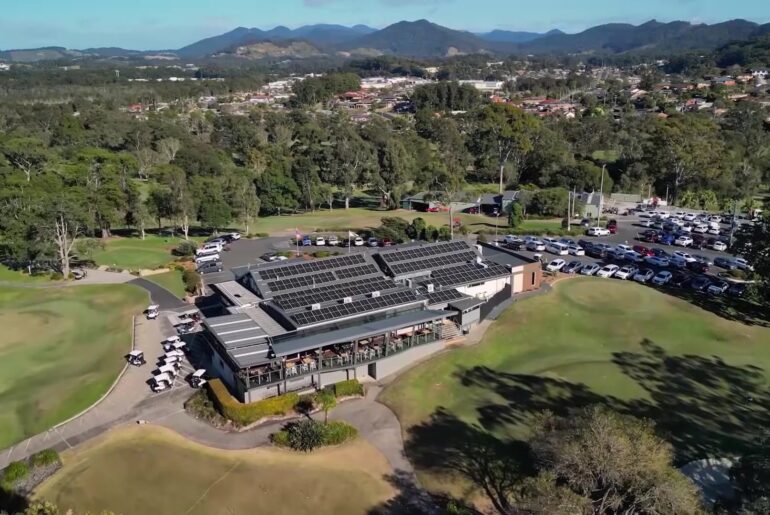JOHNS ISLAND — A revised plan to create a 933-acre members-only golf course subdivision on Johns Island calls for the developers to pay more than $2.1 million toward affordable housing efforts and emergency vehicles.
The Orange Hill investment group is offering those and other incentives as it seeks a 10-year development contract with Charleston County, which would lock in zoning and fee rules for a decade.
Such agreements give builders certainty about regulations and costs — that wouldn’t change during the life of a contract — and usually offer public benefits in return. Land, money and minor road improvements are the most common concessions offered.
“It was a long negotiation with the (county) staff,” said Jordan Phillips, a managing partner at South Street Partners.
South Street in 2013 acquired Kiawah Partners, master developer of Kiawah Island. The nearby Orange Hill development on Johns Island would include a private golf course with up to 120 homes and 68 guest cottages.
Orange Hill Development: Plans call for a golf course and 120 homes on the 993-acre Orange Hill properties on Johns Island. The developers have offered up to $1.5 million toward affordable housing efforts and $665,000 toward emergency equipment as they seek a 10-year development contract with Charleston County.
Source:ESRI
Development plans for the former farm date back to 2005, and what was previously approved would have allowed 181 homes. Updated plans with the golf course were rolled out in 2022.
County Councilman Joe Boykin of Johns Island said the plan now on the table “is about as good as it gets” because compared to the previously approved plan it calls for fewer houses and fewer miles of internal roads. It further shifts the entrance path from Bohicket Road to River Road.
The money the developers are offering is also a plus, Boykin said.
“It wouldn’t call it ‘impact fees’ but it’s sort of like that with a development agreement,” he said. “It’s good to have these contributions.”
The county does not collect impact fees when new homes and businesses are built, but it has negotiated multiple contracts for large-scale developments, and those have resulted in contributions of land or money for public purposes.
The nearby Kiawah River development, for example, has an agreement with the county that requires construction of up to 117 units of “housing for the workforce” as part of the 1,428-acre project.
“It just has to conform to the state law on development agreements, then it’s up to council,” said Andrea Melocik, the county’s deputy director of zoning and planning.
Boykin noted that at a May 12 Planning Commission meeting no one spoke in opposition to the Orange Hill plan and that comments submitted by the public were running 10-to-1 in favor. The commission voted unanimously to recommend approval.
Jordan Phillips with Kiawah Partners and South Street Partners talks about plans for a new golf course and housing development on Johns Island with residents during a community meeting in June 2023.
File/Staff
The Orange Hill developers are offering:
$1 million over five years for the county’s efforts to preserve and develop affordable housing.Up to $500,000 toward Sea Island Habitat for Humanity’s affordable housing initiatives, at $4,166.67 per property sale.$450,000 to cover about half the cost of a new fire engine for the St. Johns Fire District.$215,000 to cover about half the cost of a new, fully equipped ambulance.Construction of a left turn lane on River Road that would be the main entrance to the development.A reduction in the number of homes planned, from the currently approved 181 houses to 120.
Phillips of South Street said it made sense to direct some of the affordable housing money to the Sea Island Habitat group because “something like 60 percent of our employees are from Johns Island or Wadmalaw.”
The developers are seeking:
A 10-year contract that would lock rules in place, such as zoning and fees.An easing of regulations dealing with protected trees (other than “grand” trees) and rules for buffers, or the undeveloped spaces between properties.Zoning changes to allow an outdoor shooting range, up to 68 short-term rental guest houses, a farmers market, a restaurant, a community garden and greenhouse, and more buildings associated with the golf course, such as a spa.
Plans submitted to the county say there are 3,125 grand or protected trees on the property, 418 of which would be removed. Phillips said the development group will be “setting up the first Johns Island-specific tree fund” for mitigation efforts, which would involve planting trees to replace those cut down “on an inch-by-inch basis.”
Of the 933 acres in the development plan, 305 are wetlands. A 212-acre portion of the property, 90 acres of which are high ground, would be left undeveloped and protected with a conservation easement.
The development schedule calls for the golf course to be constructed first, potentially opening in the fall of 2027, before any homes. The property is currently used as a sporting club, with activities such as skeet shooting.
As an exclusive club, property ownership is required in order to buy a Kiawah Island Club membership. That could be one of the new homes, one of the guest cottages or a share in a portion of undeveloped land that won’t be built upon.
The guest cottages are “only for members and sponsored guests of the club,” said Phillips, and won’t be available to rent by the general public.
The Kiawah Club also operates the River Course, Cassique and other resort amenities on Kiawah Island.







